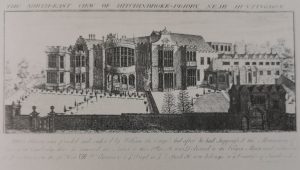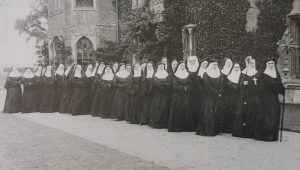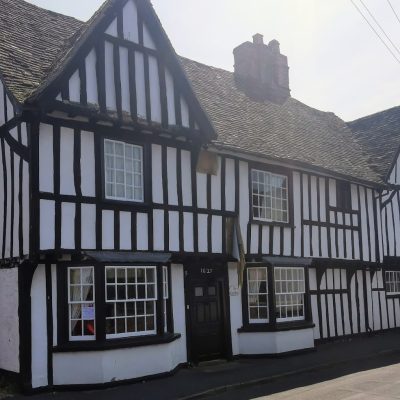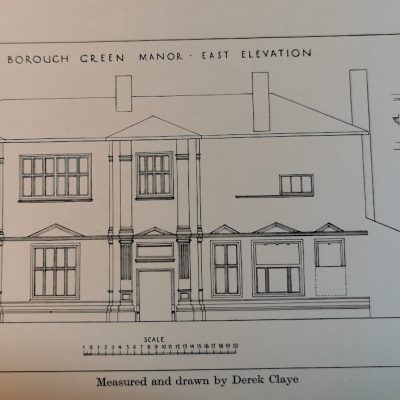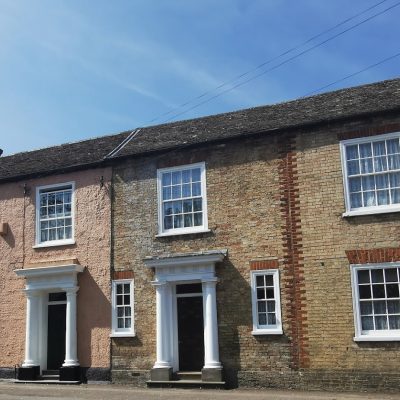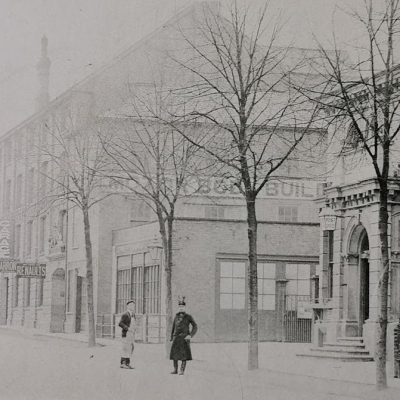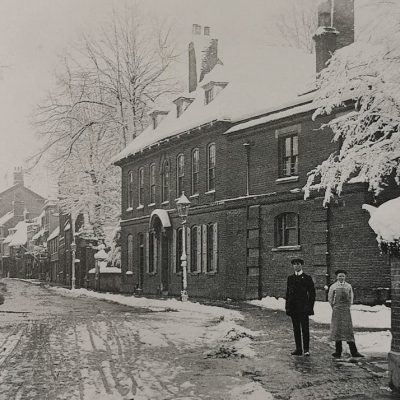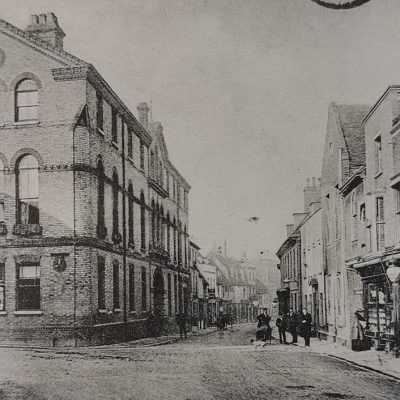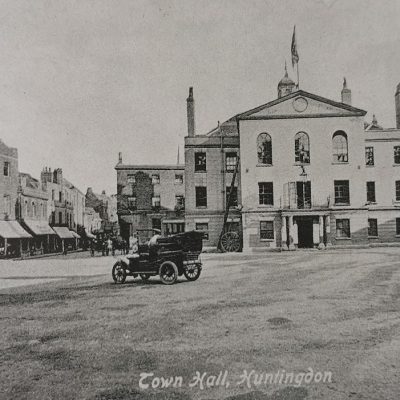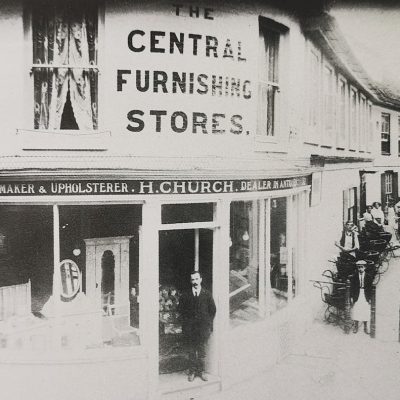Search by topic
- archaeology
- Building of Local Interest
- chapel
- charity
- church
- crime
- dressmaker
- fire
- Great Eastern Railway
- Listed building
- Mapping Relief
- medieval
- oral history
- poverty
- Public House
- Religious House
- Roman
- scholar
- school
- Then and Now
- tudor
- women
- work
- world war one
- world war two
Search by text
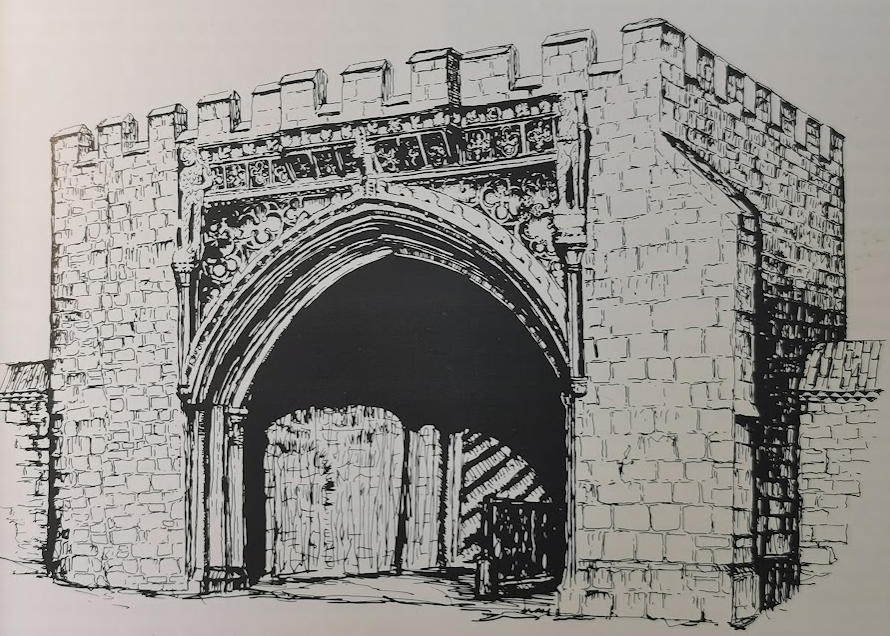 Hinchingbrooke gatehouse (Religious Houses of Cambs, 1988)
Hinchingbrooke gatehouse (Religious Houses of Cambs, 1988)Hinchingbrooke House (St James Nunnery), Huntingdon
History of Nunnery and Hinchingbrooke House
Hinchingbrooke House stands on the site of a Benedictine nunnery, which occupied the site from at least 1087 until the dissolution of the priory in 1536. The remains of the priory buildings were granted to Sir Richard Williams in 1538, and were developed in the late C16 and early C17 by the Cromwells. The main approach to the house was updated in the late C16, with the relocation of a late medieval gatehouse from Ramsey Abbey to the north entrance of Hinchingbrooke Priory by Sir Henry Cromwell. The Hinchingbrooke estate was sold in 1627 to Sir Sidney Montagu, and his son Edward Montagu later became Baron Montagu of St Neots, Viscount Hinchingbrooke and Earl of Sandwich. The house at Hinchingbrooke was developed in the 1660s and an icehouse, designed by Lord Clarendon, was built in 1666 (destroyed in 1912).
The nunnery was probably founded by the Benedictine nuns of Eltisley who moved here in the early 13th century. However there are remains of a church here built c.1100. The first record of building on the site is 1228 when Henry III granted two oaks to the poor nuns of St Michael near Huntingdon.
When the house was dissolved in 1536 there were only the Prioress and three nuns living here.
The house was rebuilt by the Cromwell family, again after a serious fire in 1830, and further in 1894 and the 1960s.
The octagonal tower and arcaded loggia were demolished in 1947.
In the episode above Lady Emily Digby plays Prioress Alice Wilton
Contribute
Do you have any information about the people or places in this article? If so, then please let us know using the Contact page or by emailing capturingcambridge@
License
This work is licensed under CC BY-NC-SA 4.0





